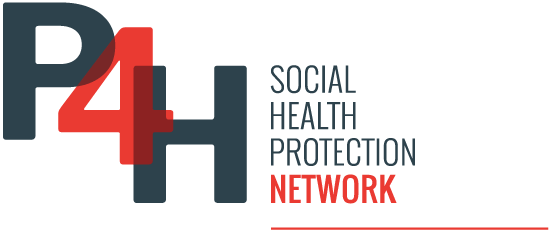Achieving UHC requires a variety of financing strategies, including government revenue to support those unable to afford care. It involves coordinating these funding mechanisms to create a sustainable health system that serves the needs of all citizens, particularly the most vulnerable populations.
The concept of universal health coverage (UHC) emphasizes access to quality health services for all individuals, regardless of their financial means. While public health facilities often claim to provide open access to all citizens, true UHC encompasses three critical dimensions: service quality, equitable access, and the necessity for coverage based on individual health needs.
Dimensions of Universal Health Coverage
- Quality of Service: UHC must not only provide access but ensure that the health services offered are of high quality. The evaluation of services should focus on health outcomes, user experiences, and the efficiency of care.
- Equitability: The principle of equitability in health care stresses that services must be available to everyone, especially those in need. Importantly, this means coverage should be irrespective of individuals’ ability to pay for services. Effective equitability implies that some financing mechanism needs to be in place to support those unable to afford care, which may involve government funding, philanthropy, or other financing strategies.
Healthcare Financing Strategies To facilitate the provision of health services for those who cannot afford them, states typically use several financing strategies:
- Government Revenue: One primary method for funding health care is utilizing a portion of government revenue from taxes. However, many developing countries, such as Bangladesh, face challenges with insufficient tax revenue to cover healthcare needs, leading to potential shortfalls in public health financing.
- Sin Taxes: A common strategy to raise additional health care revenue is through sin taxes, which are levied on products that negatively impact public health, such as alcohol, tobacco, and unhealthy foods. This can both discourage harmful consumption and generate funds for health care.
- Corporate Social Responsibility (CSR): Governments may encourage businesses to contribute financially to health care initiatives as a form of CSR. This strategy allows corporations to offset negative social impacts they may create and invest in community health improvements, thus providing a dual benefit.
- Social Health Insurance: Several European countries operate social health insurance systems. In these systems, both employers and employees contribute premiums that fund health care costs. The government supports those who cannot afford insurance coverage, thereby expanding access to necessary health services.
- National Health Insurance Systems: A robust approach involves a national health insurance model where citizens pay premiums to a government-selected organization responsible for managing health care financing. This model ensures that the state provides coverage for the uninsured, creating a safety net for vulnerable populations.
- Individual Health Insurance: In addition to collective schemes, individuals can also purchase private health insurance. This option is often pursued by those who desire more personalized care or quicker access to services.
- Out-of-Pocket Payments: While generally seen as a less desirable option due to potential financial strain on individuals, out-of-pocket payments represent a straightforward way for individuals to directly pay for services when needed. This is different from co-payments, which are structured costs shared between insured patients and service providers.
Pros and Cons of Funding Sources: Each funding strategy for health care has its advantages and disadvantages: –
- Tax-Based Financing: This method is often regarded as the most equitable because it spreads the cost of health care across the entire population, ensuring that high-quality services are accessible to all. It minimizes administrative costs and facilitates efficient management due to streamlined communication and fewer decision-makers.
- Social Health Insurance: While promoting solid risk-sharing and solidarity, these systems can also increase administrative complexities and costs due to the involvement of multiple payment points and agencies. This can lead to inefficiencies if not well-regulated.
- Individual and Out-of-Pocket Payments: These options offer flexibility and can enhance service personalization. However, they may exclude low-income individuals, heightening health disparities and undermining the principle of equitable access.
Conclusion: Universal health coverage is an essential goal for national health systems striving to ensure that health care is both accessible and equitable. Achieving true UHC requires strategic financing that balances public health needs with sustainable economic practices. By exploring various funding sources, states can work toward a more inclusive health care system that meets the needs of all citizens, particularly those who are most vulnerable.


